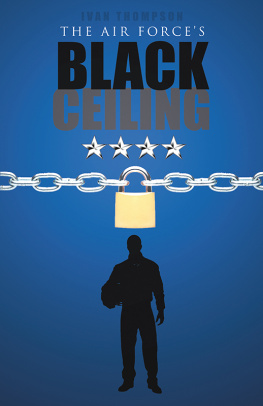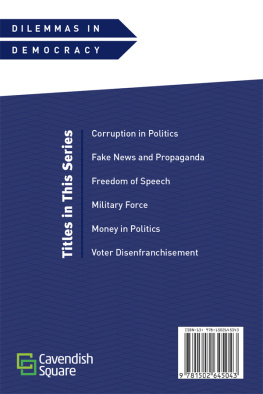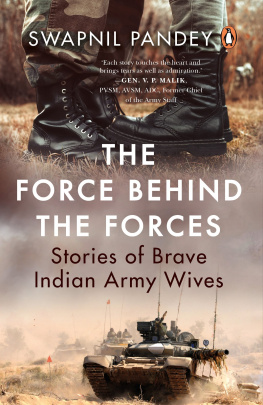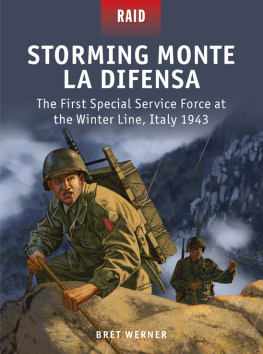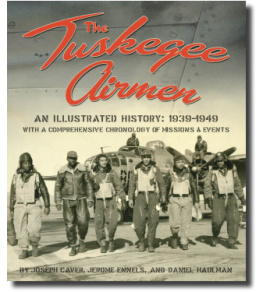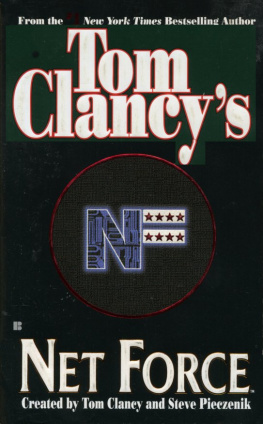Ivan Thompson - The Air Forces Black Ceiling
Here you can read online Ivan Thompson - The Air Forces Black Ceiling full text of the book (entire story) in english for free. Download pdf and epub, get meaning, cover and reviews about this ebook. year: 2016, publisher: BookBaby, genre: Science. Description of the work, (preface) as well as reviews are available. Best literature library LitArk.com created for fans of good reading and offers a wide selection of genres:
Romance novel
Science fiction
Adventure
Detective
Science
History
Home and family
Prose
Art
Politics
Computer
Non-fiction
Religion
Business
Children
Humor
Choose a favorite category and find really read worthwhile books. Enjoy immersion in the world of imagination, feel the emotions of the characters or learn something new for yourself, make an fascinating discovery.
- Book:The Air Forces Black Ceiling
- Author:
- Publisher:BookBaby
- Genre:
- Year:2016
- Rating:3 / 5
- Favourites:Add to favourites
- Your mark:
The Air Forces Black Ceiling: summary, description and annotation
We offer to read an annotation, description, summary or preface (depends on what the author of the book "The Air Forces Black Ceiling" wrote himself). If you haven't found the necessary information about the book — write in the comments, we will try to find it.
The Air Forces Black Ceiling is a view of diversity in the Air Force from one mans over 28 years in the Air Force. This view begins with his perspectives and insights as an Air Force Academy cadet and continues with his progression through company and field grade ranks. It also includes special insights gained while serving on the Secretary of Defenses Diversity Task Force as the Deputy Director of the Defense Business Practice Implementation Board. The authors view of diversity has been bolstered by face to face interviews with five former African American Air Force four-star generals and numerous current and former African American generals in the Air Force and the Army. The authors views are also influenced by numerous discussions with former graduates of the US Air Force Academy, his work with the Tuskegee Airmen chapters and his own detailed research into the biographies of former Air Force Chiefs of Staff and former Strategic, Tactical and Air Combat Command Commanders. The title might imply that the Black Ceiling has been put in place on purpose by senior Air Force leaders... the reader will find out that isnt the case. The reader however will find out that there are very distinct remnants of an intricate system of exclusionary development practices, cultural practices, stereotypes and biases that have served to keep the ceiling in place for African American men throughout the Air Forces existence.
The author redefines diversity in an effort to show that certain doors in the US Air Force still remain solidly closed to African Americans in 2016. Previous definitions of diversity allowed the Air Force to appear successful if it had a black four-star general on the roster. The authors definition keys in on diversity in the fighter pilot ranks. This is a critical distinction. It is a pivotal distinction to point out that until 2015 the Air Force has never had so much as a three-star general in charge of fighter or bomber forces in Tactical, Strategic, or Air Combat Command or in US Air Forces Europe. There has never been a four-star commander of any of these commands. A generation of fighting the Cold War in Europe. Nearly a generation of war-fighting in Iraq. With no African American three-star generals leading the fight until 2015. The author will show that the Air Force has a history of picking its Chiefs of Staff, its Commanders of Tactical, Strategic, Air Combat and US Air Forces Europe from general officers who were proven in the fight. The author shows in detail the selective and exclusionary development of non-minority officers from the time of commission, only to point to changes that must be made to change diversity where it is needed most: fighter pilot general officers. The target audience for this book is those who recognize that the Air Force is a great institution that can be made better. Those who might be in a position to influence or even make the changes recommended in this book to make the Air Force better than it has ever been.
Ivan Thompson: author's other books
Who wrote The Air Forces Black Ceiling? Find out the surname, the name of the author of the book and a list of all author's works by series.

